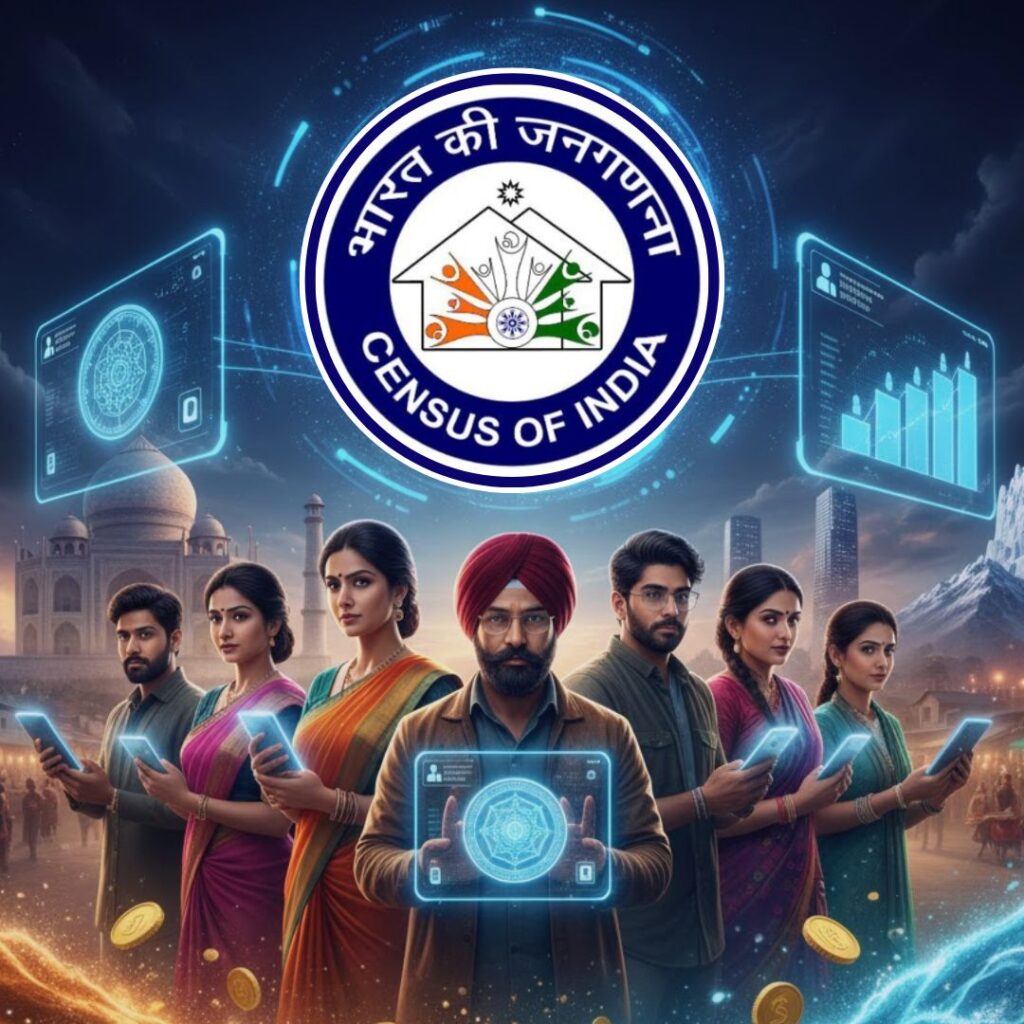Union Railway Minister Piyush Goyal has claimed that Indian Railways will become “net zero” carbon emitter by 2030 at an event on Monday.
Speaking at the third India Energy Forum by CERAWeeK, Goyal said, “By 2030, we are working to make the Indian railways the world’s first net-zero railway. The Government is phasing out the old coal plants, which is going to help reduce environmental pollution, and will also create the demand for new plants and spur the investment cycle.”
According to the government data, Indian Railways is currently one of the largest rail networks in the world with 68,442 km of routes and 22,550 trains that carry 22.7 million passengers and 3.19 million tonnes of freight every day.
Indian Railways presently uses both electricity and diesel locomotives. The fossil fuel engines are considered as one of the major contributor the air pollution in the country.
However, India has been consistently making an effort to curb air pollution with an enhanced focus on renewable energy. India has installed renewable energy powerplants with a capacity of about 80 gigawatts and is one of the world’s largest renewable energy projects.
Goyal also said that Indian railways would be 100 per cent electrically run by 2023. At the event, he said that Indian Railways would be the first railways of the size and scale to be fully electric run. Goyal also acknowledged the hurdles ahead of entirely relying on green energy. The power and renewable energy minister Raj Kumar Singh said that they had a discussion with the railway minister and are happy to welcome the decision.
The Logical Indian Take
In 2017 Goyal had assured electrification of locomotives by 2020. The deadline was advanced two years to expedite the complete electrification of the rail network. But now the railway minister has set a new target of 2023 to say goodbye to the diesel engines.
The Indian Railways fleet of locomotive stock as on March 31, 2018, consisted of 39 steam, 6,086 diesel and 5,639 electric locomotives. With over 47 per cent of the locomotives running on fossil fuel and the extension of the deadline from 2020 to 2023, the railway minister’s target seems hard to meet.
Also Read: From Steam Engines To Touching 180 km/hr: Timeline Of Indian Railways












